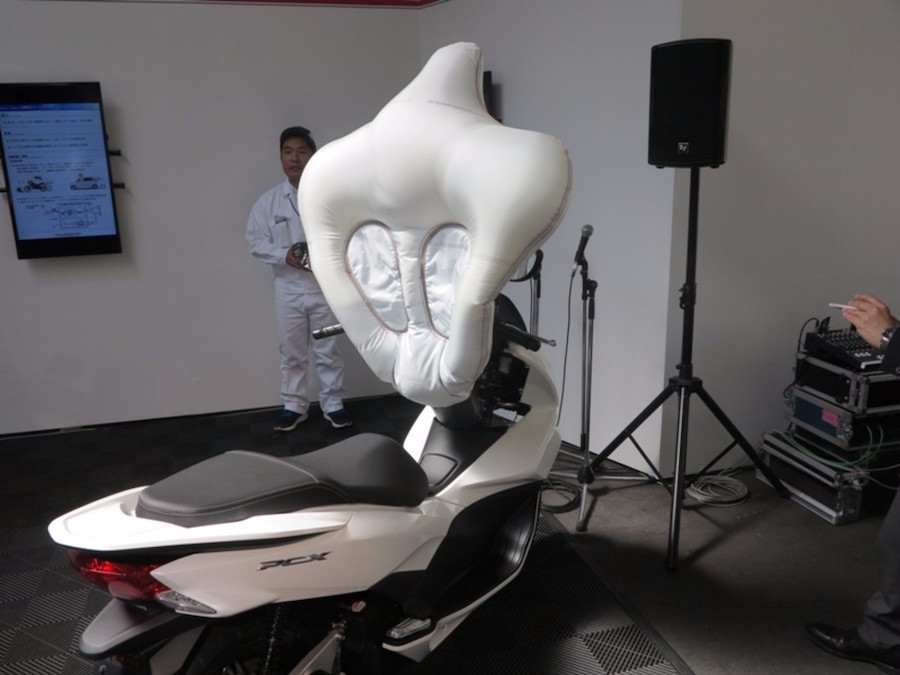Honda has dabbled in motorcycle airbags for more than a decade. It unveiled its first airbag-equipped motorcycle as far back as 2006, then released it the following year on its flagship long-distance tourer, the GL1800 Goldwing, on which it has been offered as an option ever since.
It hasn’t been without its issues, though. The Goldwing’s airbag has been the victim of two seperate safety recalls, one in 2016 and another earlier this year.
The 2016 recall came as a result of a problem that affected airbags in 18 million of the company’s passenger vehicles; with the same third-party manufacturer responsible for the motorcycle’s airbag, Honda extended it to cover the Goldwing, too.
The most recent recall, issued in February this year, related to the airbag’s inflator, which could potentially degrade and send metal fragments through the airbag and embed into the rider, potentially causing “serious injury or death”.
Despite the setbacks, Honda Motor Company has continued to forge ahead with the safety-enhancing technology and used its annual Honda Meeting held in Tokyo on 7-9 July to announce a more sophisticated set-up based this time on motorcycles at the opposite end of its range.
THE OLD ’WING
Making use of the broad width and roominess of the cockpit area on its big flat-six tourer, Honda went for a conventional airbag system on the Goldwing – even if the Japanese firm was breaking new ground by becoming the first manufacturer to adopt the tech on a motorcycle. Exploding from the dash area, the airbag itself is spherical and inflates between the rider’s arms into the torso, finishing just below eye height. This system relies on the air inside the bag to absorb the energy and help prevent the rider from being ejected from the seat.

THE NEW SCOOT
Opting this time to team up with Swedish-based safety specialist Autoliv rather than the troubled Takata Corporation (whose faulty airbags prompted recalls for dozens of automotive brands, not just Honda), Honda has announced an airbag system that departs from convention and uses the solid object the bike hits to complement the effectiveness of the technology. Instead of trying to prevent the rider from launching forward, Honda concedes it and vertically inflates a tall, thin airbag that, using the support of the impacted object, creates a barrier between it and the rider.

By Kel Buckley











